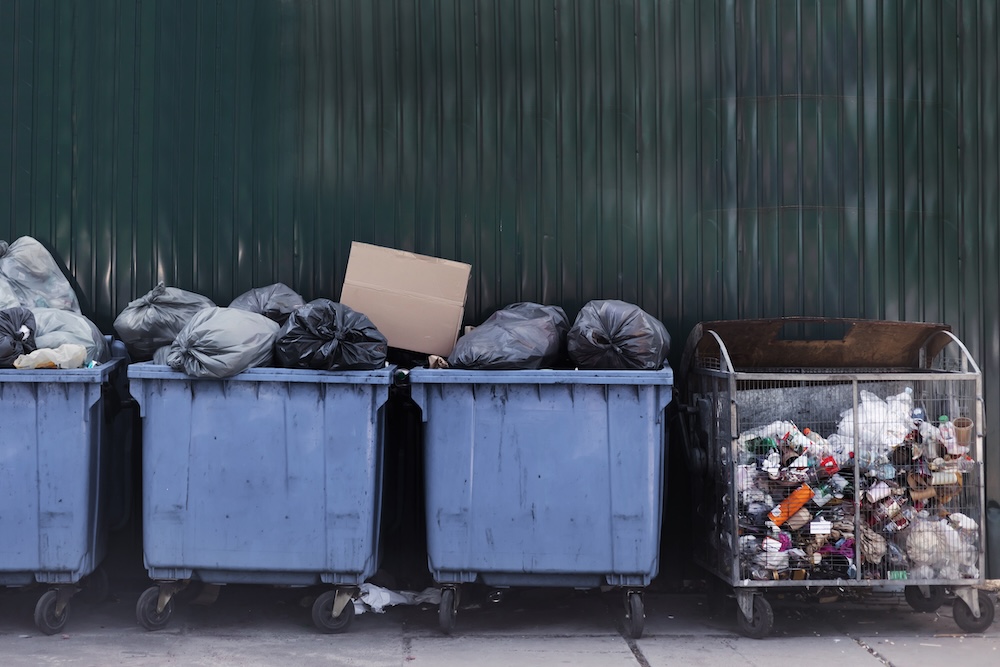Everywhere you look, the signs of throwaway culture are impossible to miss: single-use coffee cups piled in bins, broken gadgets replaced instead of repaired, closets stuffed with fast fashion worn once and forgotten. The convenience is seductive — but the consequences are devastating. Throwaway culture is more than a habit. It’s an economic system designed to make waste invisible while normalizing overconsumption.
Understanding how it took root — and how we can push back — is key to reshaping our relationship with stuff, with nature, and with each other.
What Is Throwaway Culture?
Throwaway culture describes a mindset and a system where products are designed, marketed, and consumed with the assumption they will be discarded quickly. This includes:
- Single-use plastics like bags, bottles, and packaging.
- Planned obsolescence — electronics built to fail or go out of style.
- Fast fashion — cheap clothing meant for short-term wear.
- Disposable household goods like razors, cleaning wipes, and plastic utensils.
The root problem isn’t just individual behavior. It’s industrial design, marketing, and supply chains optimized for endless growth — where companies profit more when people buy more, even if the planet pays the price.
The Environmental Toll
Throwaway culture exacts enormous costs on ecosystems, climate, and communities.
- Plastic waste: More than 400 million tons of plastic are produced each year, much of it designed for single use. Only about 9% is recycled globally.
- E-waste: In 2022, the world generated nearly 60 million metric tons of electronic waste — more than the weight of the Great Wall of China. Less than 20% is formally recycled.
- Fast fashion: The fashion industry produces about 100 billion garments annually. Around 87% end up in landfills or incinerators.
- Carbon emissions: Every disposable product has a carbon footprint. From extraction to manufacturing to transport, throwaway goods fuel climate change.
Behind the numbers lies a deeper cost: the normalization of disposability erodes respect for the resources, labor, and ecosystems required to make the things we use.
Why Did Throwaway Culture Take Hold?
Throwaway culture is not inevitable. It was deliberately cultivated:
- Advertising and consumerism: Post-WWII marketing celebrated disposability as modern, clean, and convenient.
- Cheap fossil fuels: Plastic became the perfect byproduct of the oil and gas boom, enabling low-cost mass production.
- Globalized supply chains: Outsourced labor and offshore manufacturing hid the human and environmental costs of production.
- Cultural habits: In many societies, convenience became a status symbol, while frugality or repair was stigmatized as outdated.
How to Cut Back on Throwaway Culture
Cutting back doesn’t mean living without comfort. It means rejecting wasteful defaults and embracing systems that respect materials, labor, and the planet.
1. Rethink Food and Drink
- Carry a reusable bottle, mug, or utensils.
- Choose bulk and refill stores where possible.
- Refuse produce wrapped in plastic shrink-wrap.
2. Repair and Maintain
- Learn basic repair skills — sewing, gluing, tool use.
- Support local repair cafés or cobblers.
- Keep appliances clean and maintained to extend lifespan.
3. Buy Less, Choose Better
- Prioritize durable, repairable products over cheap replacements.
- Research brands with circular economy practices.
- Invest in timeless clothing instead of fast fashion trends.
4. Share, Swap, and Rent
- Use community swaps, freecycle groups, or lending libraries.
- Rent tools or gear instead of buying for occasional use.
- Normalize sharing with neighbors — from lawnmowers to ladders.
5. Refuse Greenwashed Convenience
- Question “eco” single-use products — many are still disposable.
- Avoid biodegradable plastics unless certified compostable.
- Look beyond labels; check the actual materials.
6. Advocate for Systemic Change
- Support extended producer responsibility (EPR) laws.
- Push for right-to-repair legislation.
- Hold brands accountable for wasteful practices.
FAQs
Is throwaway culture only about plastics?
No. Plastics are the most visible, but the mindset applies to electronics, textiles, packaging, and even housing materials.
What’s the difference between recycling and cutting back on throwaway culture?
Recycling deals with waste after it’s created. Cutting back means preventing waste in the first place through reuse, repair, and durable design.
Is it realistic to avoid all disposable items?
Not always. Some medical and safety products require disposability. The goal is to reduce unnecessary disposables in daily life where safe, reusable alternatives exist.
Does individual action really matter?
Yes, but it’s not enough alone. Consumer demand helps shift markets, but systemic reforms — from product design to waste policy — are essential.
What’s the role of companies in throwaway culture?
Companies drive disposability through planned obsolescence and aggressive marketing. They must redesign products for durability, repair, and circularity.
Final Thoughts
Throwaway culture is one of the most destructive legacies of the 20th century. It convinces us that things — and sometimes even people — are replaceable. Cutting back means more than reducing waste: it’s reclaiming dignity in how we treat resources, labor, and the natural world.
Each choice — to repair, to reuse, to resist false convenience — chips away at the system that profits from disposability. By refusing throwaway culture, we aren’t just decluttering our homes. We’re decluttering our future.









Reader Interactions